-
Posts
11550 -
Joined
-
Last visited
-
Days Won
11
Content Type
Profiles
Forums
Store
Downloads
Recruiting - 2020
2019-2020 Football Season
Football
Entertainment
Sports
News and Business
Cloak Room
Transfer Portal
Recruiting
Events
Posts posted by brakeman
-
-

Both feel like he's faking it but I lol'd.
-
 1
1
-
 4
4
-
-
-

Wow! But this did happen. Democracy is so fucking slow.
-
 1
1
-
-
Place holder please.This is the younger brother of Nick Rolovich’s co-OC and QB coach.

-

Right in the ol'butthole. Bend over Sam.
-
-
5 hours ago, Pancho said:

Great work, Capitol Police!
-
-
-
-
-
-
-
-
-
-

Inhale & exhale, c'mon you can even just use your mouth.
-
-

-
 3
3
-
 1
1
-
 1
1
-
-
-
-
4 hours ago, Aqua Buddha said:
Trump might be getting some prep but he's definitely going to wing it. You know because it's a live feed. I see it as 50/50 that he will somehow incriminate himself during this sad bit of performance art.
If only the ring girl would just hold a some sign that read "who is responsible for the 1/6 insurrection?"
Donnie would start to drool like Pavlov's dog.
-
LOL.

-
 7
7
-
-



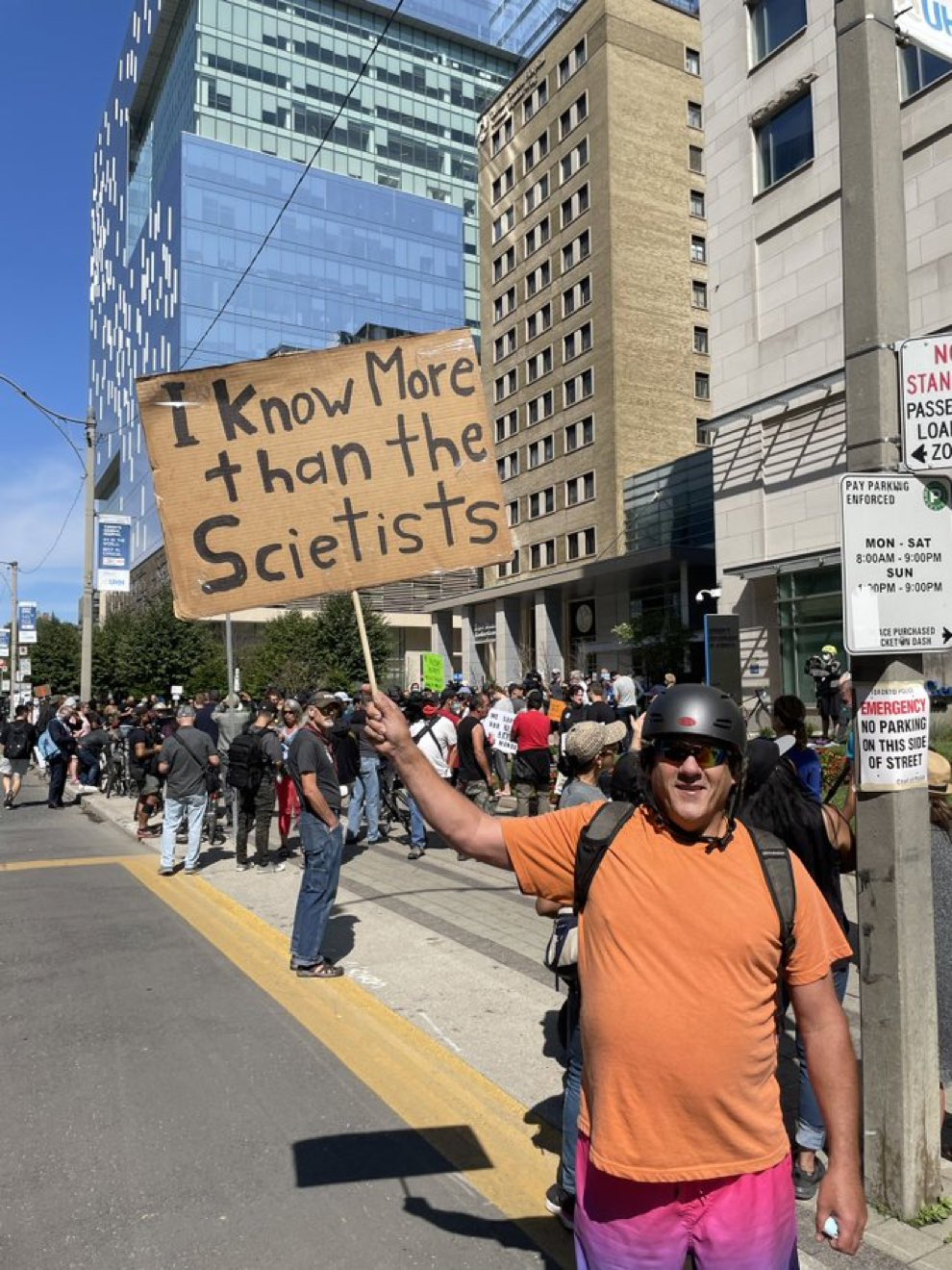
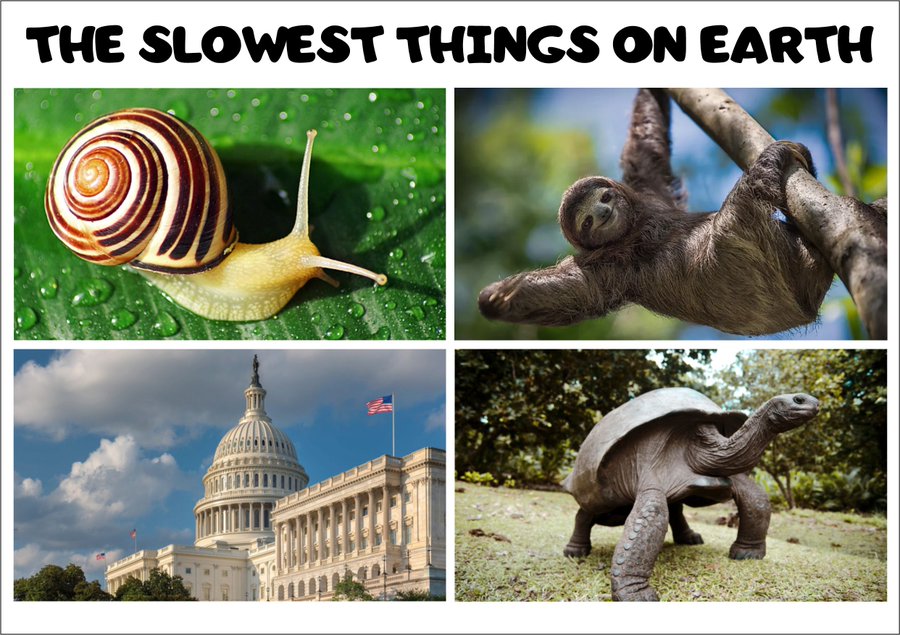

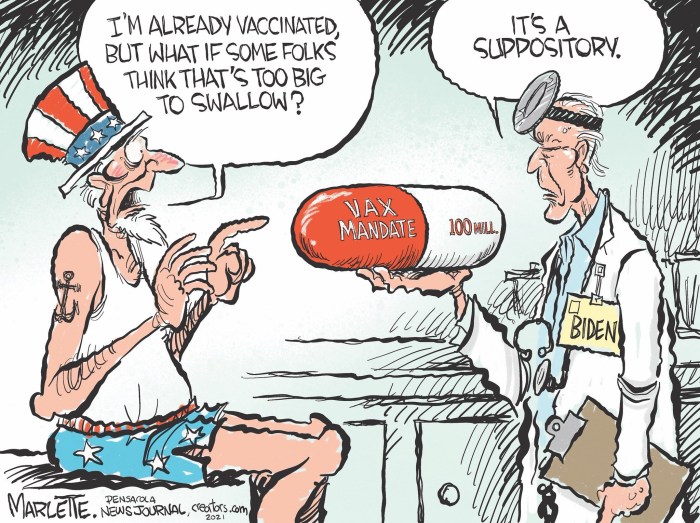

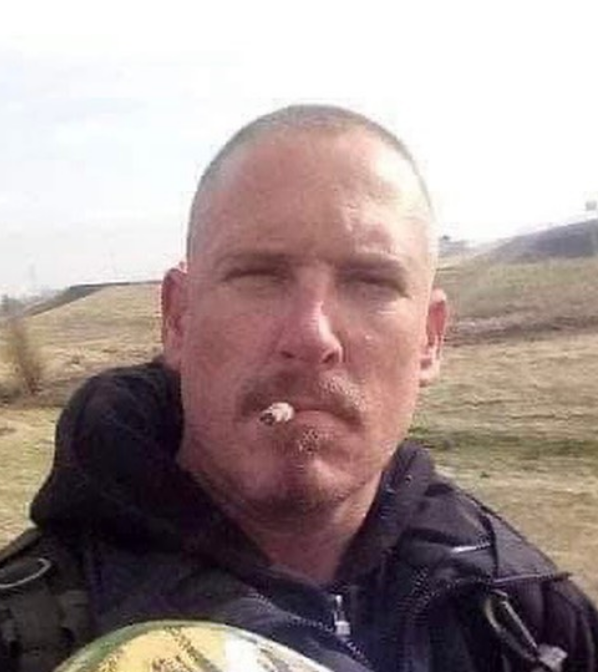

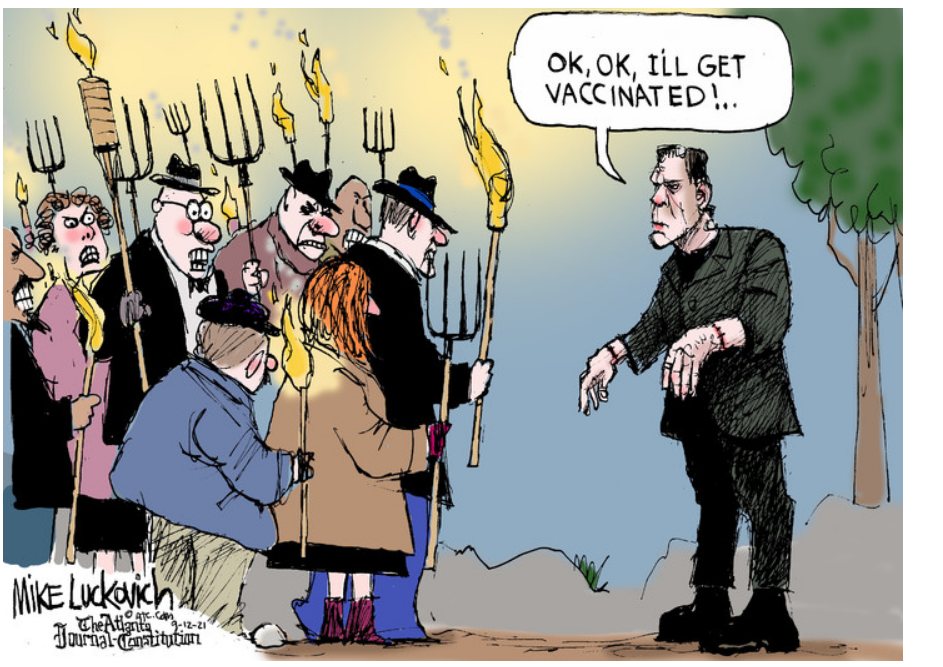

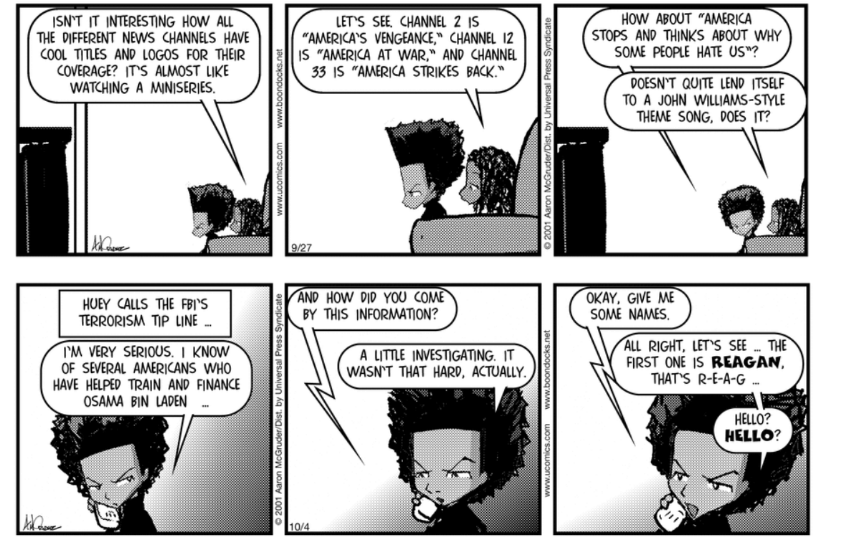
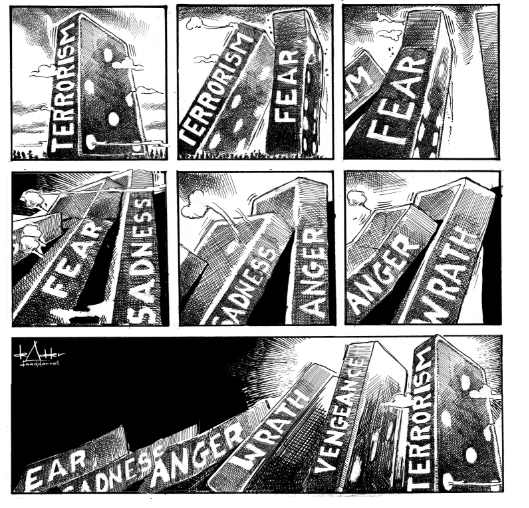
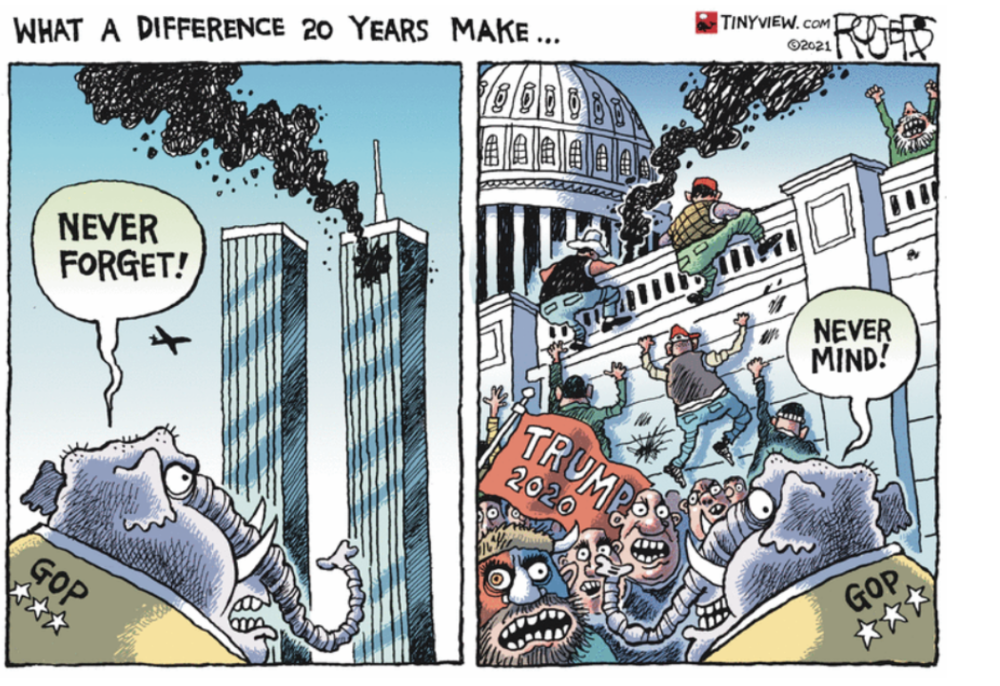
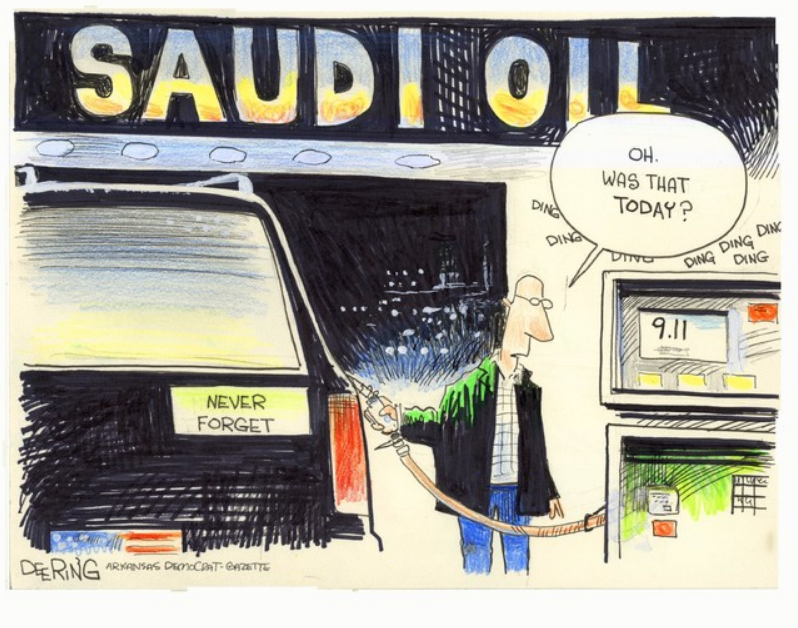








A story about a pathetic man's downfall [34 Felony Convictions]
in Cloak Room
Posted
we are dooomed!!